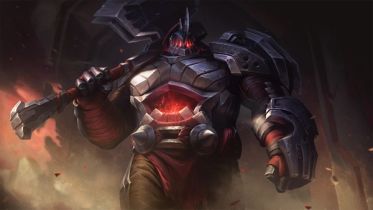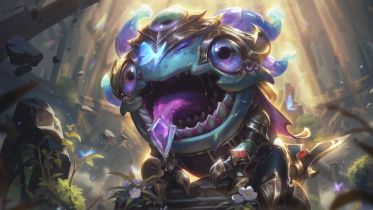/dev: Balancing for Pro Play
Welcome to the third of our four-part blog series from the Summoner’s Rift Team! Last year, we ran the Life of a Patch campaign, sharing insight on how we put together a League of Legends balance patch (here's a summary!). We're tackling a few major, persistent balance topics in more depth than we can get to through patch notes, social media, or Meddler and Scruffy's weekly posts.
Here's what you can expect:
- Blog 1, late June: State of the Champion Balance Framework, with details on what we’ve adjusted since its inception last year
- Blog 2, early July: Updated approach to balancing new champs and VGUs
- Blog 3, mid August: Balancing for Pro play and major tournaments like Worlds
- Blog 4, early September: Balancing runes and items (with a few callouts for preseason 2021)
This time, we're talking about how we balance Summoner’s Rift for the highest level of League: Pro play.
Balancing for the Regular Season
Outside of patches that major tournaments like MSI and Worlds will be played on, the Champion Balance Framework governs our approach to Pro play balance.
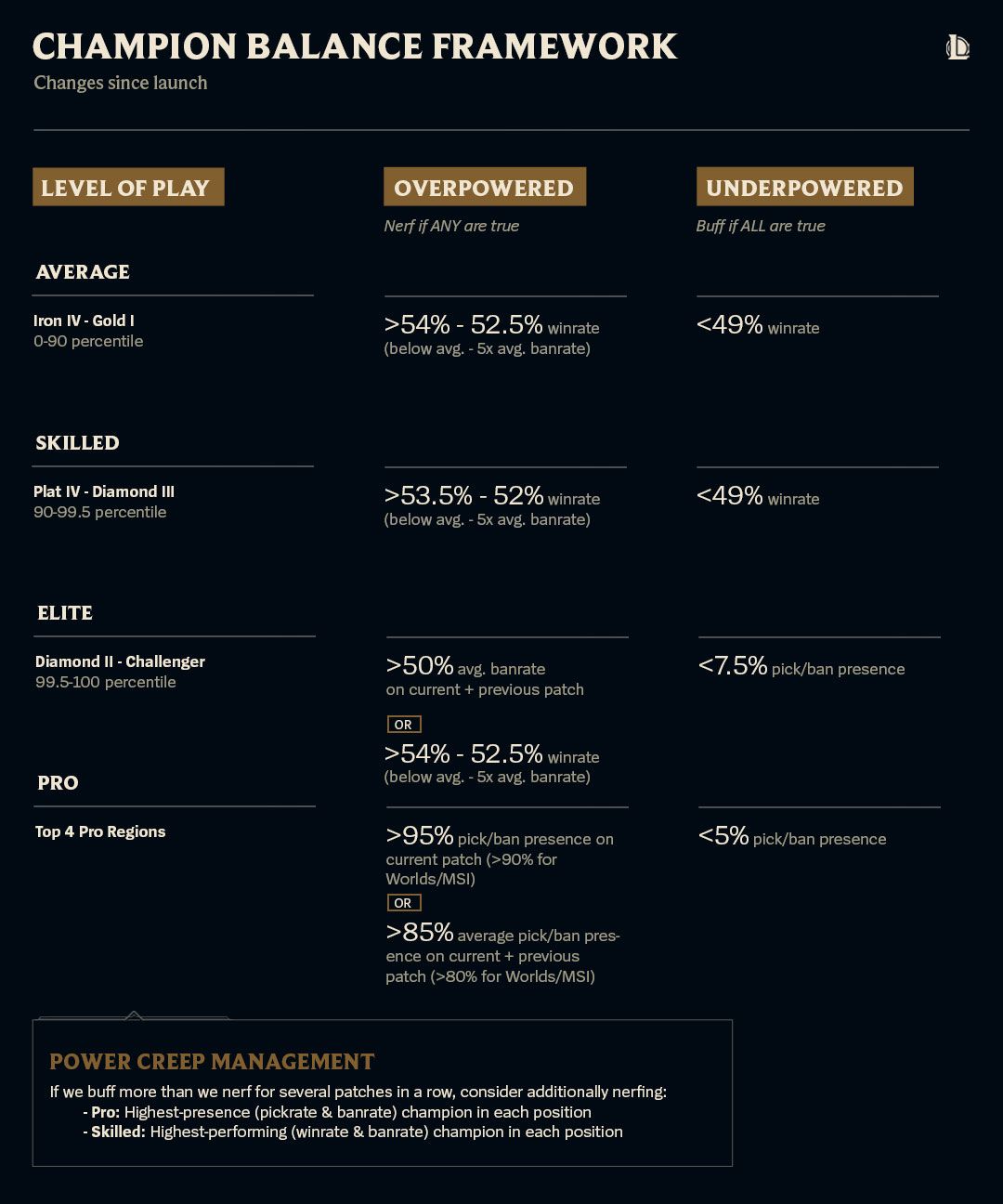
You’ll notice that we primarily focus on the top four regions for professional play (LCK, LPL, LEC, LCS), even though there are 12 regional leagues globally. The top four regions are determined by current Worlds seeding rules, which are a reflection of each region’s international performance (success at MSI/Worlds) over recent years.
In professional play, we focus on presence—which is the aggregate of picks and bans—as a measure of power instead of win rate. Win rate is less valuable here because the sample size on any given patch makes it a less reliable measure of power. At most, we see around 200 pro matches on a single patch, which is barely a whisper of a fraction of a percent of the amount of data we need to feel confident balancing around win rate.
We use two layers to identify overpowered champions in Pro play. Any champion that hits a presence of 95% (90% for MSI/Worlds) or higher in one patch will receive a nerf. This ensures that any spikes in champion power due to a recent buff are quickly dealt with. The second layer looks at presence over two consecutive patches with a lowered threshold of 85% (80% for MSI/Worlds). This ensures that there isn’t a small group of borderline-OP champions sitting at the top of the meta for too long.
We use 5% presence as our identifier for underpowered champions at the professional level. We’ve set it at 5% to ensure presence is not just a one-time player or champion pocket pick, but something that can be viable in multiple games.
Regular Season Champion Diversity Targets
In addition to the Balance Framework's targets, we’ve also set meta diversity targets for each segment of play. For Pro play, our current target is for 45% of champions to have 5%+ presence. We think this target represents a healthy meta where multiple strategies are viable and multiple champions can fill a variety of roles in those strategies.

Pro Play vs. Everyone Else
The Champion Balance Framework only recommends we buff a champion when they are underpowered at all levels of play. This means that absence from Pro play on its own doesn’t guarantee we'll buff a champion (though we may still choose to, if we can avoid making them OP elsewhere). Amumu is an example of a champion who typically excels in Average play but doesn’t really show up in Pro play. We’re okay with this because it’s expected that some champs are better for some audiences than others.
One of the challenges we run into when balancing for Pro play is ensuring that the changes we make don't have an overly negative impact on other levels of play.
“This is because balance changes made to Summoner’s Rift will always be the same for all players: From Iron to the top professional leagues, we're all playing on the same Rift.”
Balancing for Worlds
Unlike the regular season of Pro play that patches every two weeks, Worlds is played on one patch over six weeks to ensure a consistent strategic playing field throughout the course of the tournament. This means the meta on the Worlds patch becomes significantly more optimized than other patches as teams hone in on and perfect the most powerful strategies and champions of the patch. In an ideal world, this also means we as fans get to experience a tournament where the meta evolves, counters are created for dominant strategies, and the diversity of champs and playstyle is abundant.
But sometimes the optimizations have too few counters. Many of you may recall Worlds 2017 where pros identified the somewhat-overlooked power of an Ardent Censer change we made at the start of the season—even after we made a small preventative nerf before the strategy truly took off. The result was a meta focused around a single strategy: protect the ADC. While some neat counters were developed to this strategy (remember Fervor Leona?), the meta was too unilaterally solidified in a safe, late-game style—which is something we want to avoid.
To combat overpowered strategies, we’ve started minimizing large and systemic balance changes during the lead up to Worlds to ensure a stable meta with multiple strategic options.
This generally means dramatic balance shifts won’t happen after the Summer Split has begun.
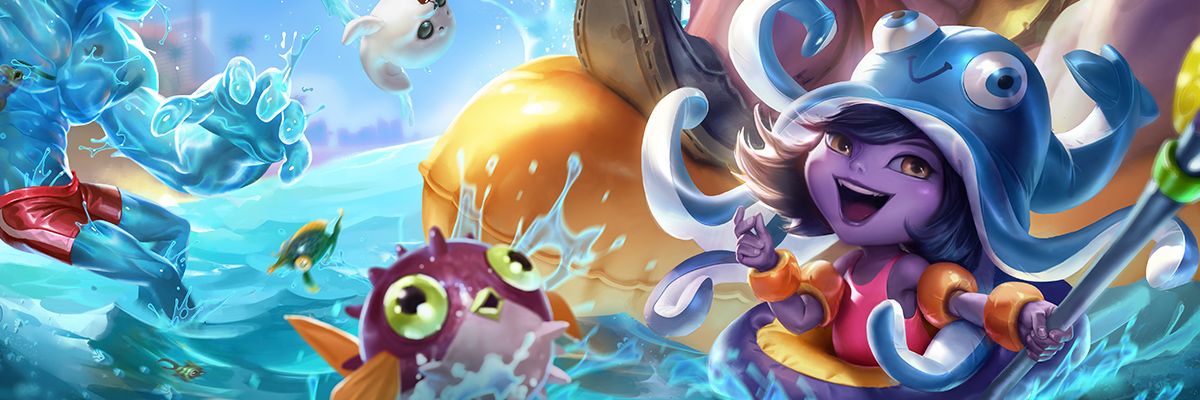
No 100% Presence Champions
One major goal we set for Worlds in recent years is to have no champion at 100% pick/ban (aka 100% presence) over the course of the tournament. We know that draft strategy is very important and complex at the professional level, and when a champion becomes mandatory to pick or ban in every game, it has a negative impact on how teams are able to approach the draft and champion diversity suffers. This often manifests when there is little or no opportunity for pros to play a new or VGU'd champion during the Summer Split or Playoffs, meaning we don't have data to balance these champs for Worlds.
We came close to hitting this goal in 2019, but Pantheon still made it to 100% pick/ban. Pantheon was an important learning point because his VGU had less than one patch of Pro play before Worlds. To combat situations like this, we worked with the Global Competitive Operations Team to create a new policy for new champions and VGUs:
“New champions and VGUs must be enabled for Playoffs in all four of the top regions in order to be playable at the next international tournament.”
For 2020, that means Lillia will be enabled for Worlds, but Yone will not be.
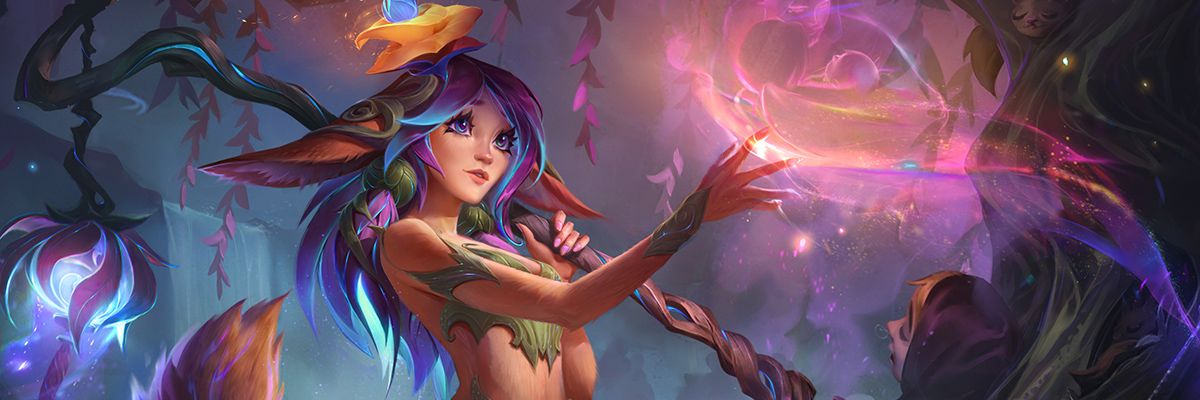
Worlds Champion Diversity Targets
For pro tournaments, we tighten our diversity bands by an extra 5%—which means it increases to 90% in one patch or 80% across two patches—to ensure optimal diversity. This gives professional players a wider variety of ways to demonstrate their skills on the biggest stage and also leads to a more exciting viewer experience.
Our perspective on champion diversity at Worlds has evolved over the years. We've shifted from caring whether a champion shows up in Pro at all to whether they show up enough to influence the meta. Our approach now includes the 5%+ presence group because we think this is a stronger indicator of whether a champion is viable, and not just picked or banned once for a certain player or game.
In 2019, 62% of champs were picked/banned at least once, but only 41% had 5%+ presence.
For 2020, we're focusing on maximizing the number of champions that have 5%+ presence at Worlds in pursuit of our 45% of the roster goal. This means we’d like to see 67 unique champion picks with a presence in at least 5% of games.

It’s worth noting that any champion buffs we make for a tournament like Worlds are still expected to fall within the Champion Balance Framework bands for all groups of play.
In years past, we’ve been pretty aggressive with our attempts to get champions in Worlds. This has been successful in increasing champion diversity, but at times, the player pain it has caused hasn’t been worth it.
Season 8 Kha’Zix is a good example of this. We buffed the slow on his Void Spike before Worlds because we knew his utility would be the most impactful to Pro play. This made him too strong, but more damning, it made him a kiting, peeling beast, which was also counter to his champion fantasy.
Fast forward to this year, where Kha’Zix again had room for buffs. This time, we amplified his Isolation damage, which is much more true to his champion fantasy. We went a bit too far in terms of sheer power, though, and have since pulled back in patch 10.16.
Another example worth calling out is Caitlyn's buffs in patch 10.15. We had a specific goal for buffing her—more on that in a minute—but she's now on the line of becoming overpowered in regular play. She's also a champion who frustrates players even before crossing OP thresholds, so we're watching her performance closely.
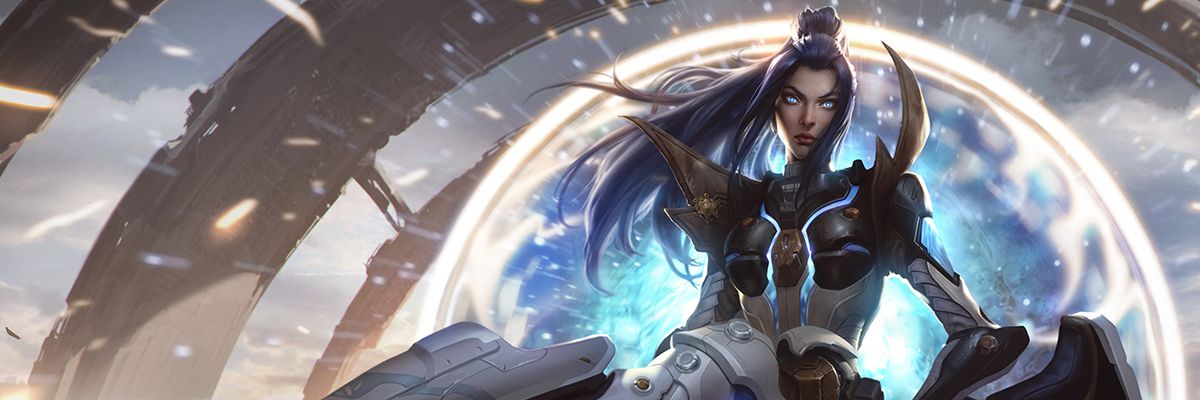
Worlds Position Diversity
In addition to overall champion diversity at Worlds, we’ve also set some position targets because we think it’s important to see a healthy diversity of matchups across all lanes. In 2020, our target is to have at least 10 picks per position at a 5%+ presence at Worlds.
When looking to introduce champions into the Pro tournament meta, we want to validate that the top picks in each position have a variety of timing spikes and win conditions.
For 2020, we accomplished this by assessing the Pro meta leading up to the Worlds patch, noting which positions have fewer than 10 picks. Based on the power spikes and win conditions of the champions already present, we looked for picks we could buff into viability who would add more strategic diversity. Because of our limited opportunity to follow up on these changes, buffing individual champs is much safer than making systemic changes that affect more champions in a less direct manner. If we overbuff a single champion, our worst case scenario is that champion becomes 100% pick/ban. If we overbuff an entire category of champions via systems changes, we get another Ardent Censer meta.
Worlds 2020: Marksman/Bot Carry Diversity
The marksman/bottom lane carry position has been one of our least diverse roles over the course of the 2020 season.
When looking to create more champion diversity for Worlds 2020, we recognized that nerfing Varus to a healthier level of presence meant the position would skew much more toward mid-to-late game picks with Aphelios, Ashe, Ezreal, and Kai’Sa as likely frontrunners. So when looking for new candidates to add to the pool, we wanted to find champs who support early game strats alongside Kalista and Varus. Caitlyn and Miss Fortune were our go-to options for champions that can force pressure in lane and offer different power spike timings than the current set of top meta marksmen.

Worlds 2020: Top Lane Diversity
We also wanted to increase champion diversity in top lane for Worlds 2020. When reviewing the meta champions, we felt we had a good spread of power spike timings represented. Renekton, Jayce, and Volibear have good early presence. Kennen and Wukong are good mid-game choices. Ornn, Camille, and Kayle round out the picks as late game champions.
We considered buffing Vladimir to add him as an additional late-game option that could counter some meta champions, but we opted out of it. First, we don’t want to have “scaling to late game” as the dominant choice across multiple roles, and ADC is already at risk on this front. Second, Vlad has been sporting a solid (but not dominant) win rate of 51.5% in Skilled play for the mid lane. Vladimir is strong enough and played enough that forcing him further into the meta—especially for Skilled play—seemed unwise.
While champion timing spikes were generally appropriate top lane, we still saw a limited number of strategies. The win conditions felt like they were either 1) win hard enough early to create teamfight advantages, or 2) play an excellent front-to-back teamfighting champion who doesn't have to win early. This is why we decided to buff Jax and Fiora, both who try to stretch out teams for split pushing and aren’t great in 5v5s.

Champion Diversity Across Seasons
Our end goal isn’t to see all champions or strategies equally represented at every Worlds. We like that the pro meta evolves season over season, and that each Worlds has different sets of memorable playstyles and strategies (even if some of them are remembered more for their heels than their heroes—we're not looking to repeat 2015 Juggernauts or 2017 Censer). Likewise, we’re not forcing a repeat of Worlds 2019’s dominance of assassins and safe marksmen. The highest level of games in Pro play are already looking incredibly exciting, and we expect some innovative and hype strategies and picks to emerge at Worlds 2020.
Looking Forward
Our balance approach for Pro play currently focuses on champion power and diversity, but we want to continue to evolve. We're starting to track other stats that may be good indicators of exciting matches, like average kills per game. We’re also working on expanding our frameworks to apply to all international competitive tournaments like MSI, where our goals are the same but targets may differ to account for fewer games being played.
We’ll be back next month for our final /dev blog in this balance series, where we’ll be talking about how we balance game systems like runes and items, with a few callouts to how Pro play factors into this and some references to the upcoming item overhaul in Preseason 2021.



